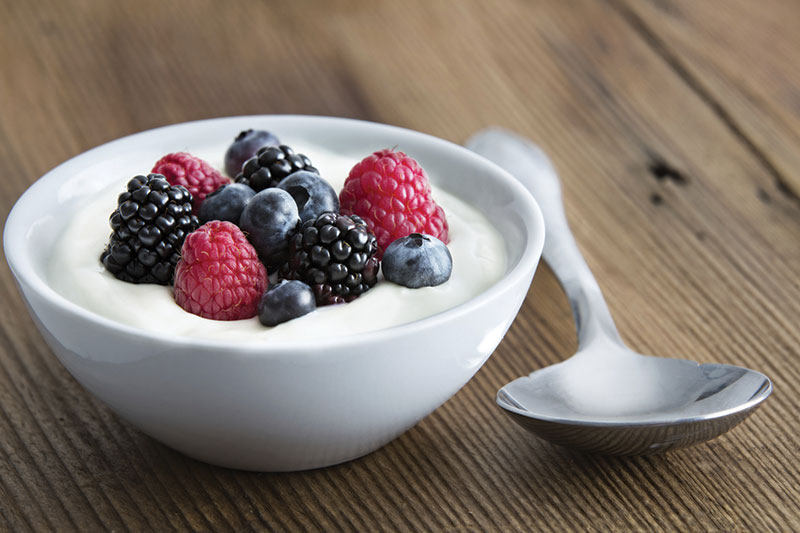The alarm rings and you press “snooze” one time too many. By the time you roll out of bed, you think it’s too late for breakfast so you don’t eat. While some people do skip breakfast on a regular basis, it’s not a good idea. The potential perils include a more sluggish metabolism as the body shifts into starvation-response mode. Couple this with a tendency to become ravenous and binge later, and weight gain can happen. Cognitive abilities can also suffer. You may get headaches, feel fatigued and find it hard to concentrate.
Some people believe that by exercising on an empty stomach in the morning, they’ll burn more body fat. However, if the body burns a higher percentage of fat while exercising without breakfast in the morning (and study results are mixed), that doesn’t mean metabolism—or total calorie burn—is speeding up. If you’re going to do a long or strenuous work out on an empty stomach, you may not have adequate carbohydrates to power your workout. You therefore won’t be able to work out as long or as hard. Even if you are burning a slightly higher ratio of fat, with impaired performance you may not be burning as many total calories or fat calories as you could if you were well fueled.
Aim for a breakfast providing 25-30 percent of the calories for the day. The amount will depend on your daily energy expenditure. Ideally, the morning meal should provide carbohydrates and fiber from fruits and vegetables, as well as protein from dairy or plant sources. While fruit is generally recommended over juice because it contains more fiber and fewer calories, a lean exerciser need not fear juice. Most people should avoid drinking their calories, but if juice is an easy energy source before your workout in the morning, go ahead and drink it.
What about doughnuts or pastries? Something is better than nothing, and if you’re in the woods starving, a doughnut is OK. But keeping a stash of easy breakfast bars, nuts or even cold leftovers can give you more nutritious choices so that you’re not just filling up on empty calories. Don’t be afraid to get creative. Some cultures eat soups for breakfast; others eat beans (on toast or in bean burritos). Aim for a breakfast that provides energy and nutrients and helps you feel satiated.
MAKING HEALTHY BREAKFAST CHOICES
Poor BREAKFAST CHOICE
- Doughnut or pastry
- Croissant
- Pancakes
- White bagel
- Black coffee*
- Sugary cereal with milk
Better BREAKFAST CHOICE
- Muffin with extra fiber
- Breakfast/protein bar
- Whole-grain pancakes, easy on the syrup
- Whole-grain bagel
- Coffee with milk and sugar
- High-fiber cereal with added fruit and nuts, plus milk or soy milk
Best BREAKFAST CHOICE
- Oatmeal or other hot-cooked grain cereal, like Kashi, with added fruit and nuts
- High-fiber, whole-grain cereal with milk or almond milk, topped with fruit and nuts
- Whole-grain pancakes topped with unsweetened applesauce and fresh fruit
- Whole-grain toast topped with avocado, peanut butter or hummus
- Fruit with yogurt, and coffee with milk or soymilk
- Regular or egg-white omelet with added vegetables or beans

